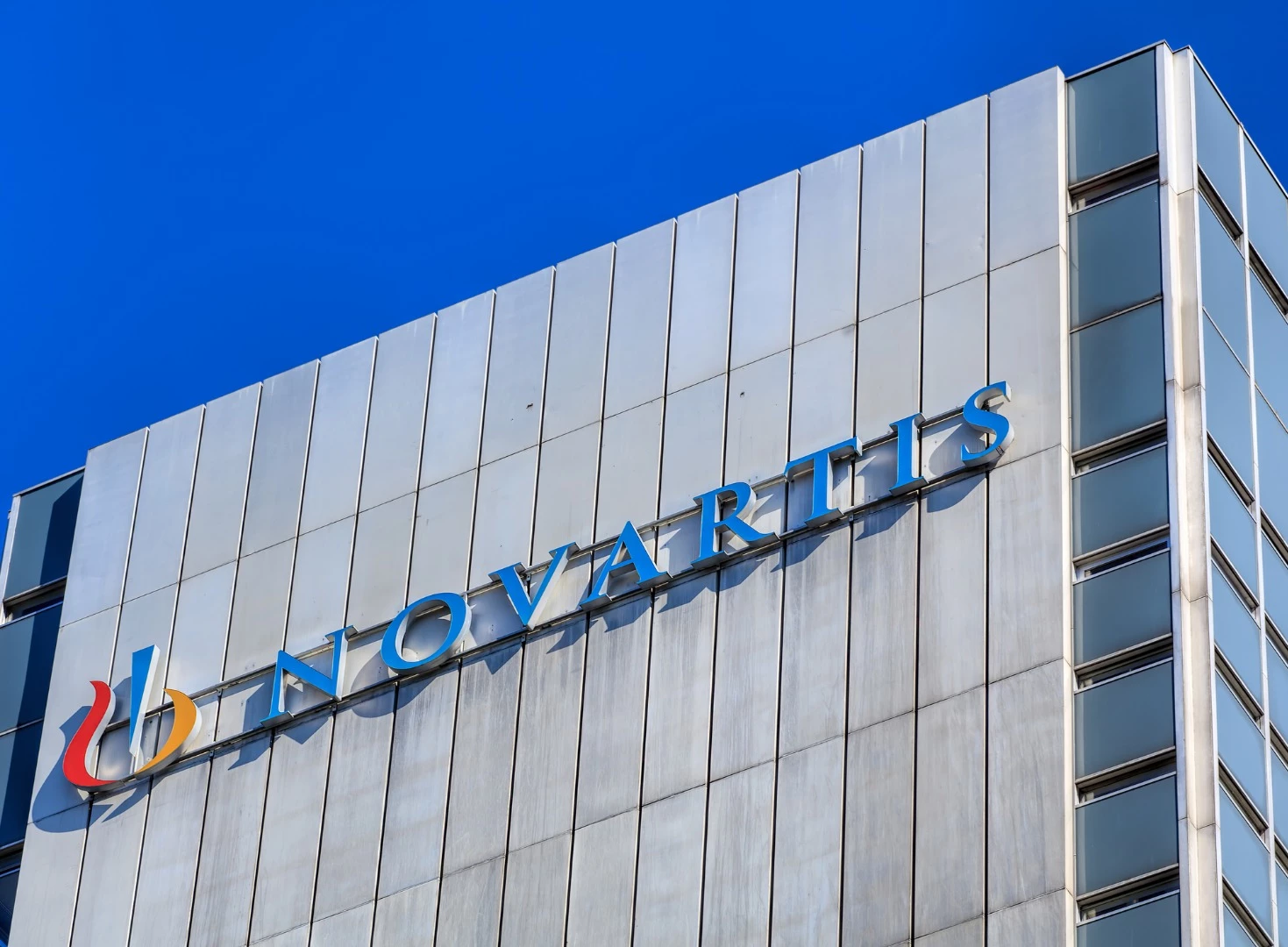A new gene therapy treatment for pediatric patients with spinal muscular atrophy (SMA) has been approved by the U.S. Food and Drug Administration. The single dose treatment, designed to correct a gene mutation causing the rare disease, has been priced at US$2.1 million by pharmaceutical company Novartis, making it the most expensive drug in the world to date.
Zolgensma was developed to target a rare inherited genetic mutation in the SMN1 gene. Children born with this mutation are unable to produce effective volumes of SMN protein, which is vital for functional motor neurons in the brain and spinal cord. In its most extreme cases this rare disease is a death sentence for a majority of children.
The new therapy works by delivering a healthy copy of the SMN gene directly into motor neuron cells. If effective the therapy can correct the genetic mutation and result in motor neuron cells properly producing vital SMN proteins.
"Children with SMA experience difficulty performing essential functions of life. Most children with this disease do not survive past early childhood due to respiratory failure" explains Peter Marks, from the FDA's Center for Biologics Evaluation and Research. "Patients with SMA now have another treatment option to minimize the progression of SMA and improve survival."
Alongside the landmark approval of Zolgensma came the pricing announcement from pharmaceutical company Novartis. The ultimate wholesale cost of a single dose was set at US$2.125 million. Novartis suggests this price is half of the 10-year cost of current treatments for SMA, which can run over $4 million, if the child even survives that long.
The multi-million dollar cost of Zolgensma comes after other recently approved gene therapies hit the market with confronting price tags. One of the more recent therapies was Luxturna, designed to cure a rare inherited retinal disease for around $1 million.
David Lennon, president of AveXis, the company behind Zolgensma, calls the pricing fair and reasonable considering it is a one-time treatment, rather than an ongoing drug therapy. Talking to NPR, Lennon notes these high prices for gene therapies need to be considered from a new perspective, essentially as single curative agents replacing a life of expensive medicines and hospitalizations.
"We're talking about a lifetime of benefit being condensed down into a one-time treatment," says Lennon. "We're not used to thinking about this that way. We're used to a system of a chronic medication where we spread things out over years if not decades."
Lennon also suggests his company is working with government and commercial health care insurers to create new payment models that render this significant cost affordable. A five-year payment plan, of $425,000 per year, has been proposed to spread the financial burden over time. This payment plan is also contingent on the therapy demonstrating continued performance across a five-year period, a duration not established so far by current clinical trials.
"We are offering a pay-over-time model for this one-time treatment to accommodate the current structure of the US healthcare system and we have also established outcomes-based agreements with payers because we believe in the long-term value of Zolgensma and are willing to stand behind the therapy," says Lennon.
Last year Novartis bought AveXis for nearly $9 billion, largely on the promise of Zolgensma, so this price tag for the treatment is not entirely unexpected. It's been estimated that it can cost around $5 billion and well over 10 years to bring a new drug to market, from early research to final human trials.




